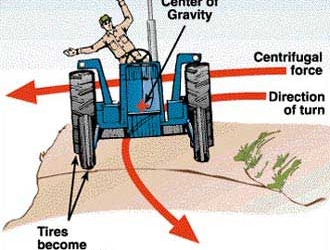In secret experiments, scientists have unexpectedly discovered that living robots possess incredible abilities beyond imagination.
“Living Robots” Can Mimic Human Behavior and Appearance
In recent years, the rapid advancement of science and technology has turned living robots into reality. They can astonishingly imitate the shape and behavior of humans, making it difficult for people to distinguish between what is real and what is artificial at a cognitive level. The emergence of living robots is not only a technological breakthrough but also a challenge to the cognitive boundaries of humanity.
Through precise biological manufacturing technology, living robots can have an appearance that is almost indistinguishable from real humans. Whether it’s the texture of the skin, the allure of the eyes, or subtle changes in a smile at the corners of the mouth, living robots can mimic these features flawlessly. This immersive role-play raises questions about whether, when conversing with living robots, individuals are interacting with a real person or a machine.
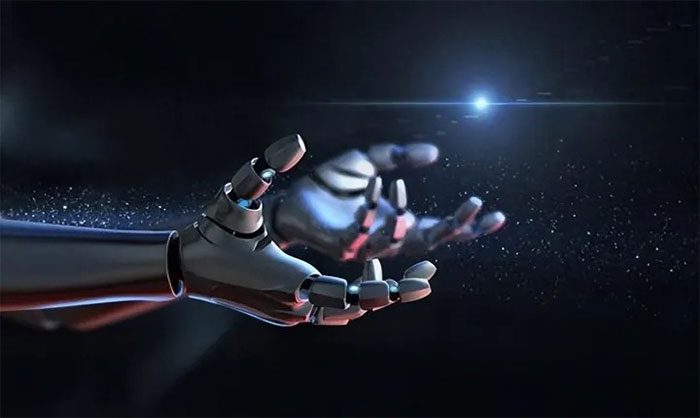
Living robots refer to humanoid robots designed to resemble the human body. The design of these robots can take various human forms, depending on their functional purposes. (Image: Zhihu).
Living robots are also adept at mimicking behavior. Whether it’s using body language, imitating the speech patterns of various characters, or expressing complete emotions, living robots can perfectly replicate these actions. This precise replication makes it difficult for viewers to distinguish authenticity, and they may even be convinced by the logical ability of living robots, mistaking them for real humans.
The emergence of living robots presents not only a technical challenge to human sight and hearing but also a boundary challenge to human intelligence and cognition. In addition to their ability to mimic human appearance and behavior, living robots possess computational capabilities and self-learning abilities, allowing them to enhance their cognitive levels through continuous accumulation and learning. This capability that exceeds human cognition raises questions about whether living robots possess self-awareness and if they can think and judge independently.
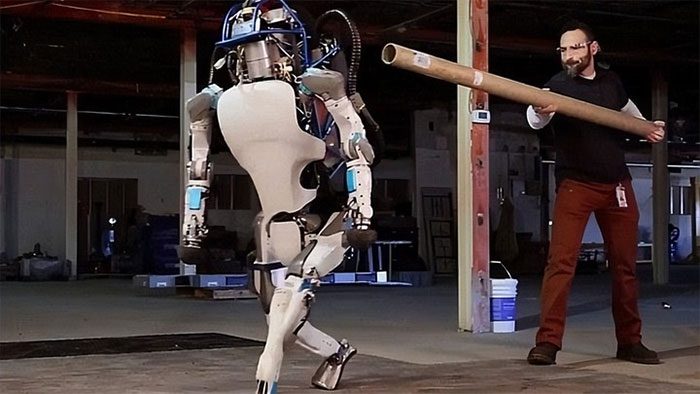
Living robots are highly intelligent and fully automated machines capable of sensing their environment, learning, thinking, and executing tasks. (Image: Zhihu).
“Living Robots” Can Perform Tasks Beyond Human Capability
The advancement of science and technology drives the rapid development of human society. With the swift evolution of artificial intelligence, living robots are becoming the focal point in today’s scientific and technological fields. These robots are no longer mere mechanical devices; they can perform tasks that humans cannot accomplish and possess extraordinary mobility.
The perceptual abilities of living robots surpass human cognitive limits and can sense various information such as light, sound, temperature, and pressure far beyond human capability. For instance, they can detect hidden targets from afar using infrared rays and employ high-precision cameras to capture minute details, providing comprehensive awareness of their surroundings. Utilizing advanced sensor technology, living robots can carry out tasks in harsh environments and assist humans in high-risk missions such as exploration and rescue.
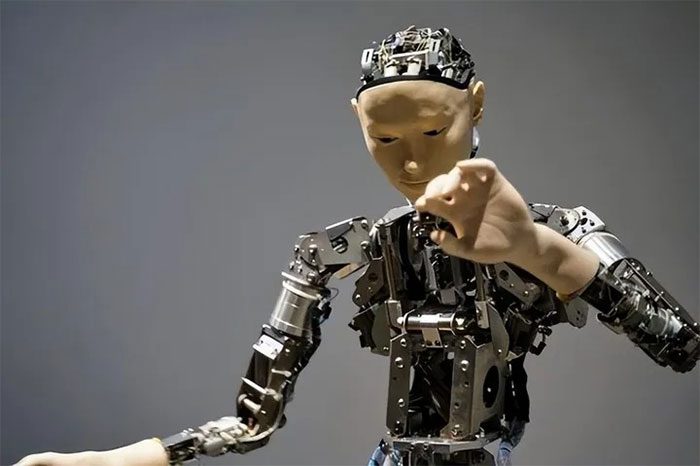
Living robots possess extraordinary mobility. (Illustrative image: Zhihu).
Living robots exhibit remarkable mobility through advanced mechanical structures and control systems. They can move at super-fast speeds, avoid obstacles, and adapt flexibly to different environments. Whether climbing treacherous mountains or conducting deep-sea explorations, living robots can easily accomplish their missions. This superior capability can fill the gaps in human mobility in certain fields and open up numerous development opportunities.
The incredible abilities of living robots allow them to undertake tasks that humans cannot perform. For example, long-term research and discovery in space, detecting deep soil layers in unexplored regions, or underwater polar areas. These missions initially pose significant risks and challenges for humans, but the existence of living robots offers us a new solution.
As products of scientific and technological advancement, living robots have become invaluable assistants for human society with their superior cognitive and motor abilities. Their existence not only provides greater developmental possibilities for humanity but also brings substantial advancements and benefits to human society.
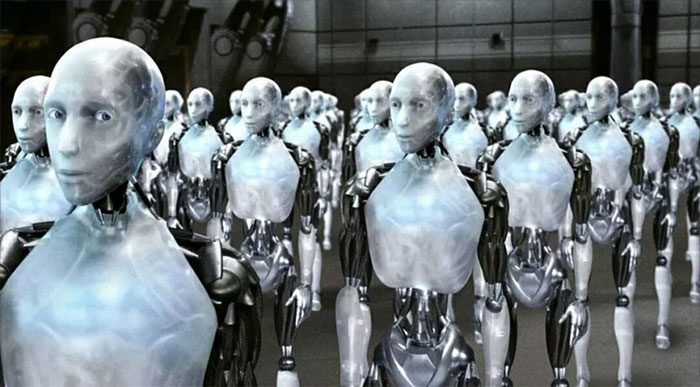
Living robots can perform tasks that humans cannot complete. (Illustrative image: Zhihu).
“Living Robots” May Cause Profound Changes in Social Structure
In the context of rapidly advancing contemporary science and technology, living robots, one of the leading technologies in artificial intelligence, have sparked human contemplation about the future social structure with their astonishing capabilities. However, the widespread use of these robots may lead to job losses for humans and profound changes.
Living robots are highly intelligent and fully automated machines capable of sensing their environment, learning, thinking, and executing tasks. With the help of advanced mechanical structures and algorithms, they can perform various tasks, including those traditionally handled by humans, demonstrating remarkable expressiveness and flexibility.

Living robots are highly intelligent and fully automated entities. (Illustrative image: Zhihu).
With their outstanding achievements, living robots can replace human jobs in certain fields. For example, in manufacturing, the speed and accuracy of living robots make them an ideal choice to replace traditional workers. In the medical field, they can perform surgeries and provide care with precision. The existence of these robots undoubtedly increases production efficiency, but it also threatens human jobs and economic resources.
With the popularity of living robots, the status and role of humans in society have undergone significant changes. Many traditional occupations may be replaced, leading to potential job loss and social marginalization for individuals. While living robots may provide better living conditions and services for humanity, they also have a profound impact on human self-esteem and personal value.
However, in facing this challenge, we should also recognize the benefits and opportunities that living robots offer us. Only by actively adapting and responding can we seize opportunities and create a future society that meets human needs while integrating machine intelligence.










































